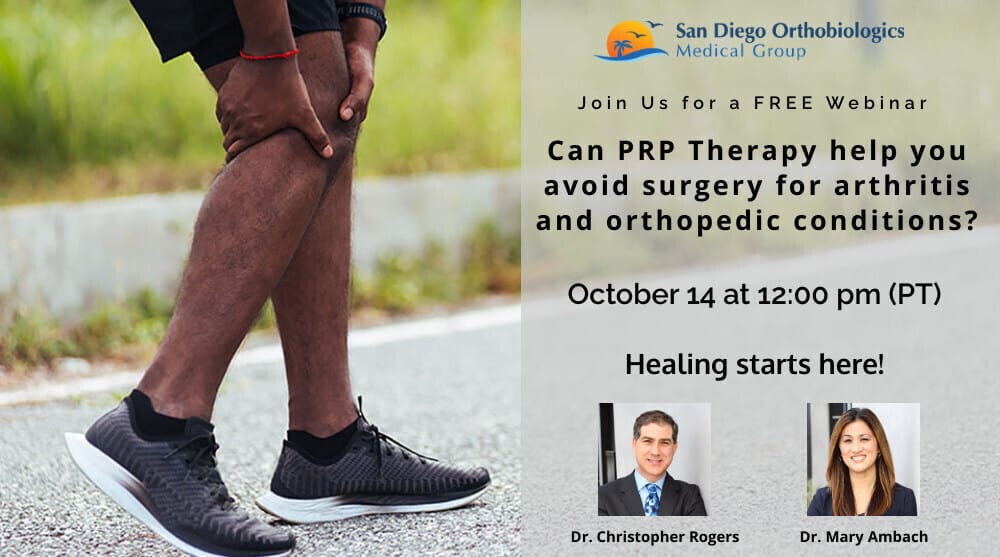
Discover the Latest in Osteoarthritis Treatments
Osteoarthritis is a degenerative joint disease that affects millions of people worldwide. It occurs when the protective cartilage that cushions the ends of bones wears down over time, leading to pain, swelling, and stiffness. While there is no cure for osteoarthritis, several treatment options are available to manage the symptoms and improve quality of life. In this article, we will explore the latest advancements in osteoarthritis treatments, including both surgical and non-surgical options, as well as lifestyle changes that can support the overall treatment plan.
Understanding Osteoarthritis
Before delving into the various treatment options, it is essential to understand the basics of osteoarthritis. Osteoarthritis can affect any joint in the body, including the joints in the hands, knees, hips, shoulders, and spine. As the cartilage deteriorates, the bones may start to rub against each other, causing pain and inflammation. The exact cause of osteoarthritis is still unknown, but factors such as age, genetics, and previous joint injuries can increase the risk.
Common Symptoms of Osteoarthritis
Osteoarthritis can manifest differently in each individual, but there are several common symptoms to watch out for. These include joint pain and stiffness, especially after periods of inactivity or overuse. Swelling around the affected joint may also occur, making moving or performing daily activities difficult. Sometimes, a grating sensation or the feeling of bones rubbing together can be experienced. It is crucial to consult a healthcare professional if any of these symptoms persist, as early diagnosis and treatment can help slow down the progression of the disease.
The Latest Advancements in Osteoarthritis Treatments
In recent years, significant advancements have been made in the field of osteoarthritis treatments. One such development is the use of regenerative medicine techniques, including platelet-rich plasma (PRP) therapy and other cell-based therapies. PRP therapy involves injecting a concentrated solution of the patient’s own blood platelets into the affected joint, promoting healing and reducing inflammation. Another option is utilizing a patient’s own mesenchymal stem cells from their fat or bone marrow to promote healing and repair of injured cartilage.
Additionally, researchers are exploring the potential of gene therapy in treating osteoarthritis. By targeting specific genes involved in cartilage degeneration, scientists hope to develop new therapies that can slow down or halt the progression of the disease.
Other Non-surgical Options for Managing Osteoarthritis
While surgical interventions may be necessary in severe cases of osteoarthritis, there are several non-surgical options available to manage pain and improve joint function. Physical therapy plays a crucial role in reducing pain and increasing mobility through targeted exercises and stretches.
Pain medications, such as nonsteroidal anti-inflammatory drugs (NSAIDs) and acetaminophen, are commonly used to alleviate osteoarthritis symptoms. However, it is essential to consult a healthcare professional before starting any medication regimen, as they can have side effects and interactions with other medications.
Lifestyle Changes to Support Osteoarthritis Treatments
In addition to medical interventions, certain lifestyle changes can greatly support the overall management of osteoarthritis. Maintaining a healthy weight is crucial, as excess weight stresses the joints, exacerbating symptoms. Regular exercise, such as low-impact activities like swimming or cycling, can help strengthen the muscles around the joints and improve joint flexibility.
Dietary modifications can also play a role in managing osteoarthritis. Including foods rich in omega-3 fatty acids, such as fatty fish and walnuts, can help reduce inflammation. Avoiding processed foods, sugary beverages, and excessive alcohol consumption can also have a positive impact on overall joint health.
Conclusion
In conclusion, while there is no cure for osteoarthritis, various treatment options are available to manage the symptoms and improve quality of life. From the latest advancements in regenerative medicine to non-surgical interventions and lifestyle changes, individuals with osteoarthritis have a range of options to explore. It is crucial to work closely with a healthcare professional to develop a personalized treatment plan that addresses each individual’s specific needs and goals. By staying informed about the latest advancements in osteoarthritis treatments, individuals can make informed decisions and take control of their joint health.
Consult a healthcare professional today at SDOMG to explore the best treatment options for osteoarthritis and take control of your joint health. Fill out the form below to learn more.





